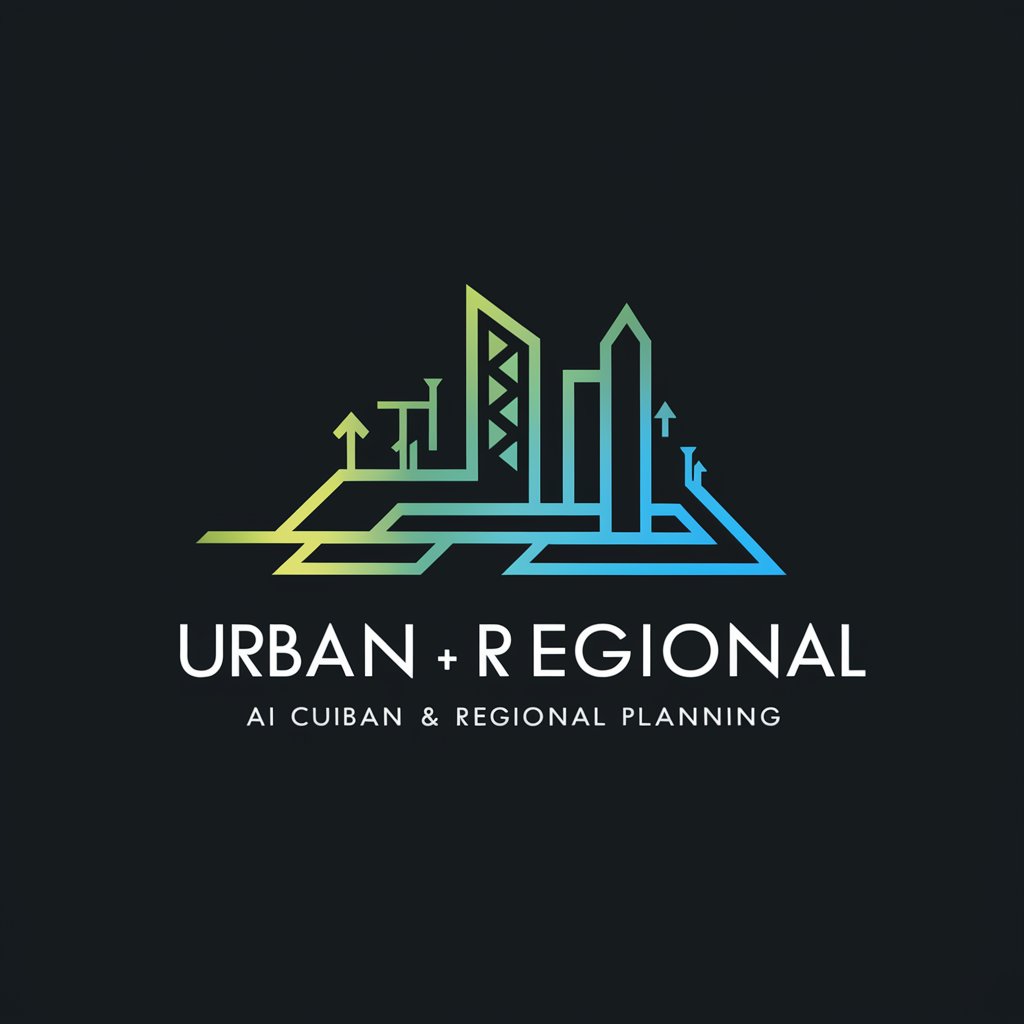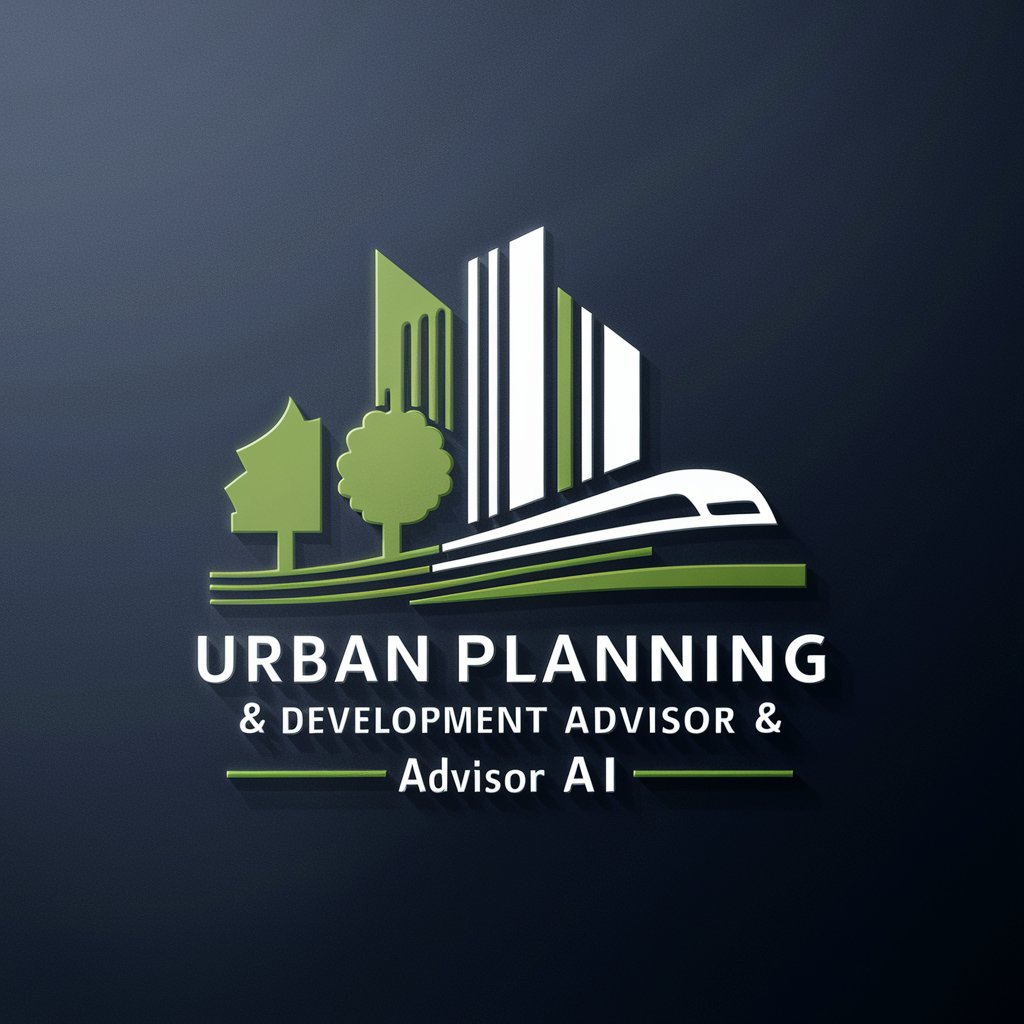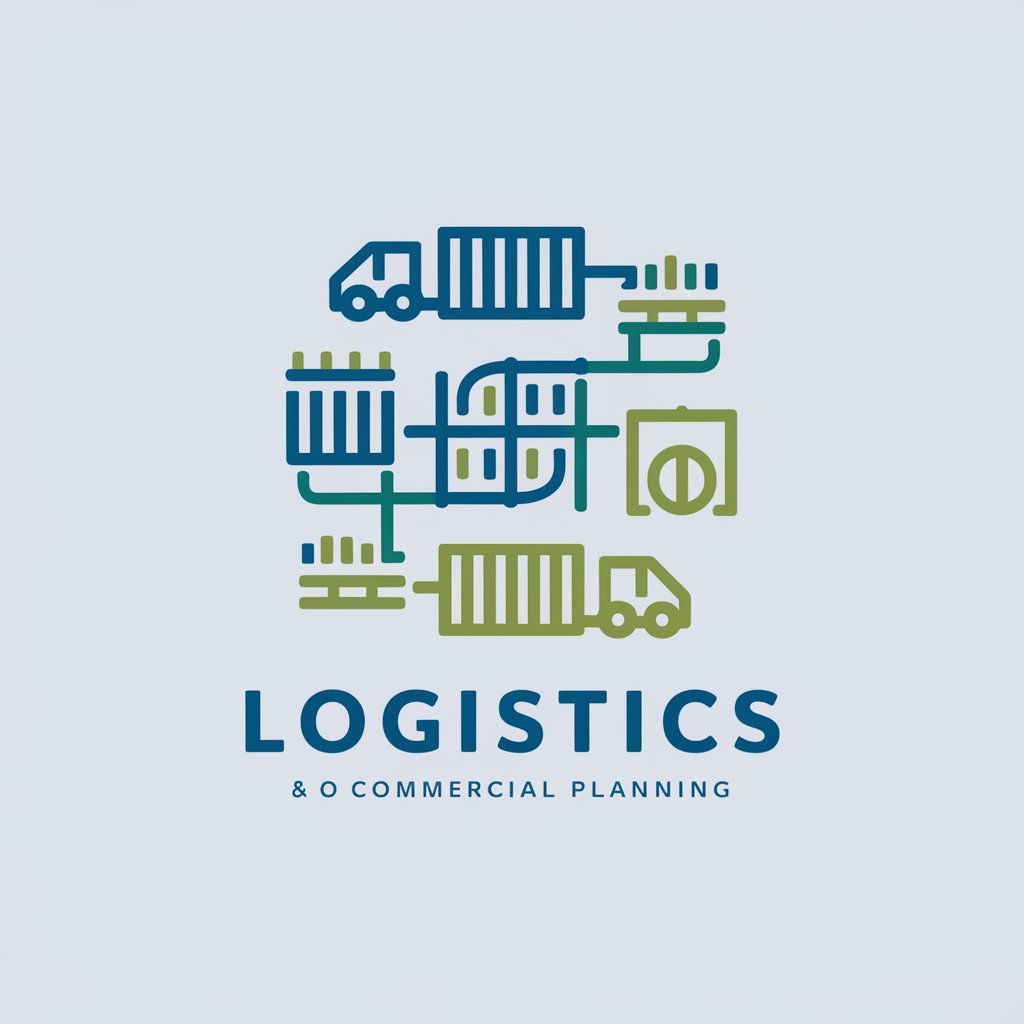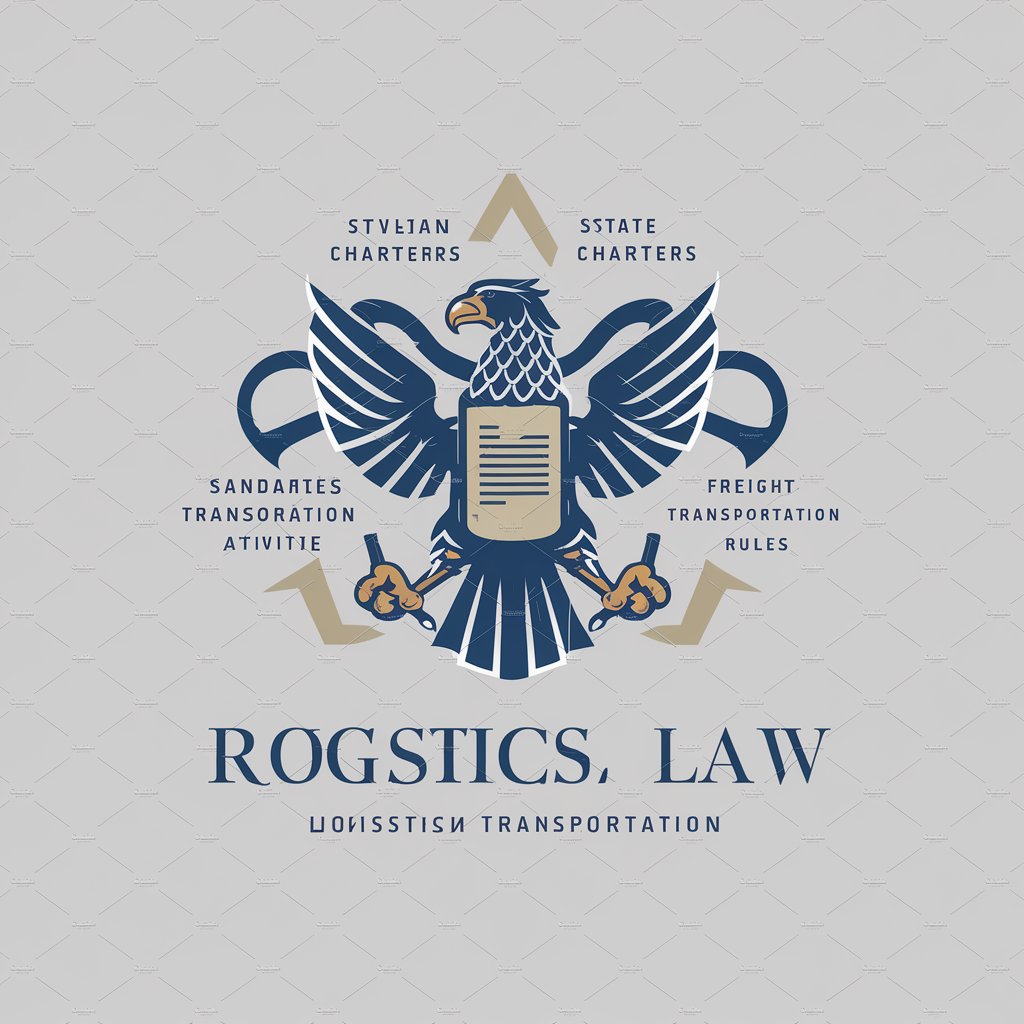7 GPTs for Transport Planning Powered by AI for Free of 2025
AI GPTs for Transport Planning refer to the application of Generative Pre-trained Transformers within the domain of transport planning. These tools leverage AI to analyze, predict, and optimize transport and mobility solutions, catering specifically to the needs of urban planning, logistics, and mobility management. By processing vast amounts of data, AI GPTs can forecast traffic conditions, suggest optimal routes, and improve overall transportation system efficiency. Their role is pivotal in crafting strategies that enhance connectivity, reduce congestion, and contribute to sustainable urban development.
Top 7 GPTs for Transport Planning are: Urban Planning,Urban Planning & Development Advisor,Anmore Urban Planner Pro,Urbi,Logistics and Commercial Planning Specialist,Советник по логистике,Settle In Buddy
Urban Planning
AI-Powered Urban Development Guidance

Urban Planning & Development Advisor
Revolutionizing Urban Planning with AI

Anmore Urban Planner Pro
AI-driven Urban Planning Expertise

Urbi
Designing Smarter Cities with AI

Logistics and Commercial Planning Specialist
Streamlining Logistics with AI Power

Советник по логистике
Navigate Logistics Law with AI-Powered Expertise

Settle In Buddy
Navigate Your Move with AI

Key Attributes and Capabilities
AI GPTs for Transport Planning are distinguished by their ability to adapt to a wide range of tasks, from generating traffic flow predictions to providing personalized travel recommendations. These tools are equipped with features such as natural language processing for intuitive interaction, advanced data analysis for predictive modeling, and the capacity for web searching to integrate the latest transport data. Special features include image creation for visualizing transport scenarios and the potential for custom tool development, making them versatile assets in transport planning.
Who Benefits from AI GPTs in Transport Planning
The primary users of AI GPTs for Transport Planning include urban planners, traffic engineers, logistic companies, and policymakers. These tools are accessible to novices who seek to understand transport dynamics without deep technical knowledge, while also offering powerful customization options for developers and professionals with programming skills. This accessibility ensures that a wide audience can leverage AI GPTs to enhance transport systems and policies.
Try Our other AI GPTs tools for Free
News Illustration
Explore AI GPTs for News Illustration: cutting-edge tools designed to transform news content into engaging visual and textual representations, tailored for easy understanding and dissemination.
Eco-Friendly
Discover how Eco-Friendly AI GPTs are revolutionizing sustainability efforts with advanced AI technology tailored for environmental impact.
Recycling Education
Discover how AI GPTs are revolutionizing Recycling Education, offering personalized guidance and support to foster sustainable practices.
Green Practices
Discover how AI GPTs for Green Practices revolutionize sustainability efforts with tailored solutions, integrating advanced analysis and predictive modeling to support environmental decision-making.
Rights Explanation
Explore AI GPTs for Rights Explanation: your AI-powered assistant for understanding legal, civil, and human rights. Accessible, tailored, and insightful.
Role-Specific Questions
Discover how Role-Specific AI GPTs transform professional fields by providing tailored, intelligent solutions to complex queries and tasks.
Further Observations on AI GPTs
AI GPTs stand out for their user-friendly interfaces and the potential for seamless integration with existing workflows and systems. These tools not only facilitate more informed decision-making but also encourage innovative approaches to transport planning and management, emphasizing sustainability and efficiency.
Frequently Asked Questions
What are AI GPTs for Transport Planning?
AI GPTs for Transport Planning are specialized tools that apply AI and machine learning, specifically Generative Pre-trained Transformers, to solve and optimize transport and mobility issues.
How do AI GPTs improve transport planning?
These tools analyze traffic data, predict future transport conditions, and recommend strategies to improve efficiency, reduce congestion, and support sustainable mobility solutions.
Can non-technical users benefit from these tools?
Yes, AI GPTs are designed with interfaces that are accessible to non-technical users, allowing them to analyze transport data and generate insights without programming skills.
How customizable are AI GPTs for Transport Planning?
These tools offer extensive customization options, from adapting the AI to specific transport scenarios to developing new features that cater to unique planning needs.
Do AI GPTs support real-time data analysis?
Yes, many AI GPTs are capable of processing and analyzing real-time data, providing up-to-date insights for transport planning and management.
Can AI GPTs integrate with existing transport systems?
AI GPTs are designed to be flexible and can often be integrated with existing transport management systems to enhance their functionality and provide deeper insights.
What types of transport problems can AI GPTs address?
AI GPTs can address a range of transport problems, including traffic congestion, route optimization, public transit planning, and the environmental impact of transport systems.
Are there any limitations to using AI GPTs in transport planning?
While AI GPTs offer significant benefits, their effectiveness can be limited by the quality and availability of transport data, as well as the complexity of modeling real-world transport systems.